
Lettera Scritta Al. Card. Gio. Ant. Guadagni Suo Vicario In Roma Sopra La Benedizione Data Colla S. Pisside In Cui Era Il Venerab. Sagramento Dd. Rom 27. Juli 1755...
Versandkostenfrei!
Versandfertig in über 4 Wochen
26,99 €
inkl. MwSt.
Weitere Ausgaben:

PAYBACK Punkte
13 °P sammeln!
Lettera Scritta Al. Card. Gio. Ant. Guadagni Suo Vicario In Roma Sopra La Benedizione Data Colla S. Pisside In Cui Era Il Venerabil. Sagramento Dd. Rom 27. Juli 1755... is a historical letter written by Pope Benedict XIV to Cardinal Giovanni Antonio Guadagni, his vicar in Rome. The letter concerns the benediction given with the sacred pyx containing the Blessed Sacrament on July 27, 1755. This document offers insight into the religious practices and ecclesiastical governance of the Catholic Church during the mid-18th century. It is a valuable resource for scholars interested in papal history, ...
Lettera Scritta Al. Card. Gio. Ant. Guadagni Suo Vicario In Roma Sopra La Benedizione Data Colla S. Pisside In Cui Era Il Venerabil. Sagramento Dd. Rom 27. Juli 1755... is a historical letter written by Pope Benedict XIV to Cardinal Giovanni Antonio Guadagni, his vicar in Rome. The letter concerns the benediction given with the sacred pyx containing the Blessed Sacrament on July 27, 1755. This document offers insight into the religious practices and ecclesiastical governance of the Catholic Church during the mid-18th century. It is a valuable resource for scholars interested in papal history, Roman Catholicism, and the religious life of the period. The text provides a primary source perspective on the administration of sacraments and the communication between the Pope and his representatives in Rome. This work has been selected by scholars as being culturally important, and is part of the knowledge base of civilization as we know it. This work was reproduced from the original artifact, and remains as true to the original work as possible. Therefore, you will see the original copyright references, library stamps (as most of these works have been housed in our most important libraries around the world), and other notations in the work. This work is in the public domain in the United States of America, and possibly other nations. Within the United States, you may freely copy and distribute this work, as no entity (individual or corporate) has a copyright on the body of the work. As a reproduction of a historical artifact, this work may contain missing or blurred pages, poor pictures, errant marks, etc. Scholars believe, and we concur, that this work is important enough to be preserved, reproduced, and made generally available to the public. We appreciate your support of the preservation process, and thank you for being an important part of keeping this knowledge alive and relevant.



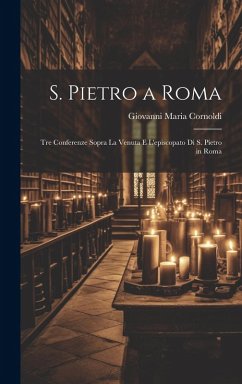
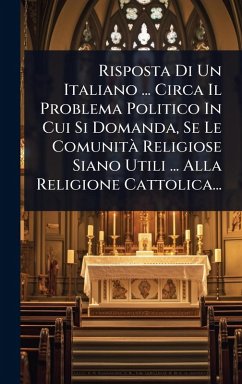
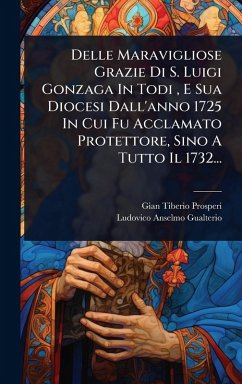
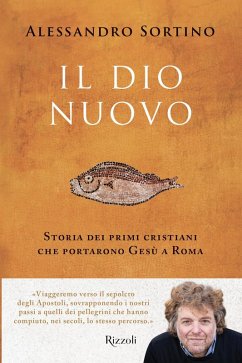
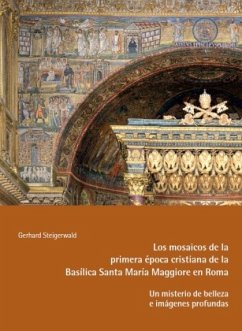

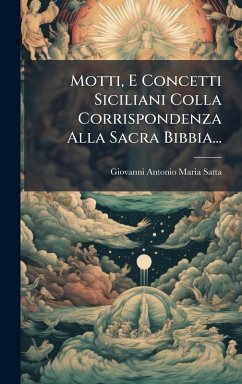
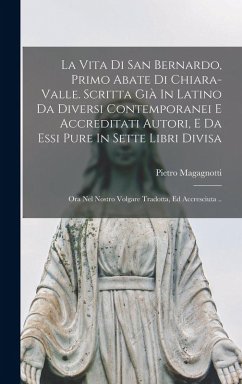
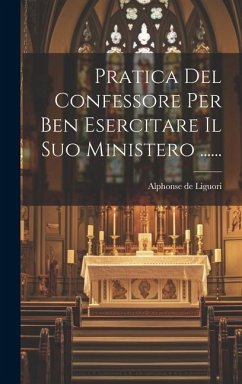
![Sacra Rituum Congregatione E[mminentissi]mo, & R[everendissi]mo D[omi]no Card. De Gentilibus Lavsannen. Beatificationis, & Canonizationis Ven. Servi Dei Petri Canisii Sacerdotis Professi Societatis Iesu Positio Super Dubio An, & Quomodo Sit Signandu... Cover Sacra Rituum Congregatione E[mminentissi]mo, & R[everendissi]mo D[omi]no Card. De Gentilibus Lavsannen. Beatificationis, & Canonizationis Ven. Servi Dei Petri Canisii Sacerdotis Professi Societatis Iesu Positio Super Dubio An, & Quomodo Sit Signandu...](https://bilder.buecher.de/produkte/74/74677/74677450n.jpg)